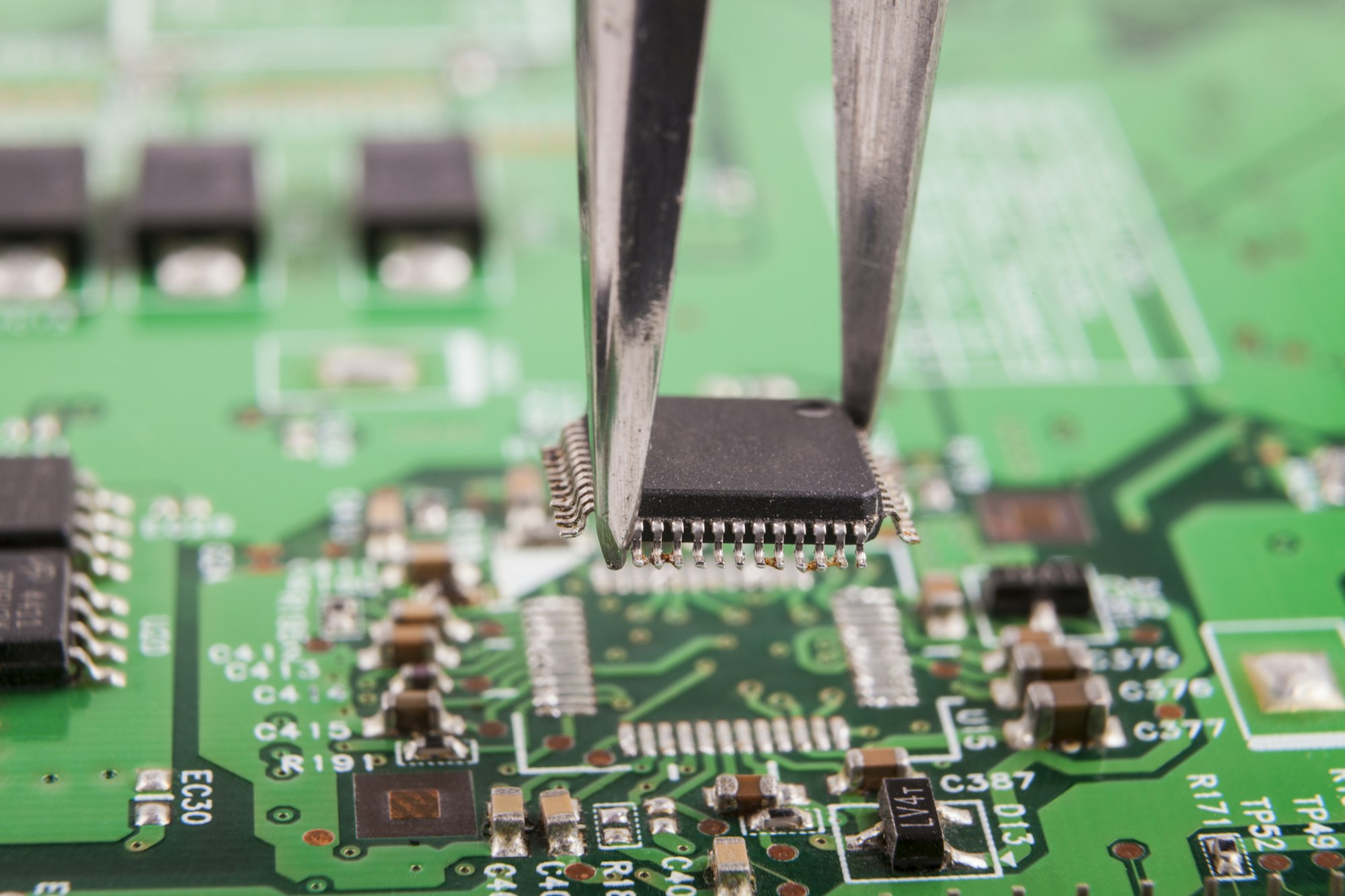Ever opened a fried smartphone and found blackened circuit boards? That’s what happens when PCB thermal management[^1] fails. Modern electronics live or die by their ability to stay cool.
PCB thermal management systematically controls heat distribution through material selection, copper balancing, and via placement to prevent overheating while maintaining signal integrity and component longevity. Without it, your devices would self-destruct faster than ice cream melts in Phoenix.
)
Heat doesn’t just disappear – it follows physics rules we must harness. Let’s dissect exactly how professionals tame this invisible energy monster in modern electronics.
PCB Thermal Conductivity of Materials[^2]: Which Ones Keep Your Circuits Alive?
I once designed a drone controller that kept shutting mid-flight. The culprit? FR-4 substrate trapping heat like a winter coat. Material choice makes or breaks thermal performance.
PCB materials range from standard FR-4 (0.3 W/mK) to ceramic-filled laminates (4 W/mK), with metal-core boards reaching 380 W/mK for high-power applications. Conductivity directly impacts how fast heat escapes critical components.
)
Material Selection Matrix for Thermal Optimization[^3]
| Material | Thermal Conductivity (W/mK) | Cost Factor | Application Fit |
|---|---|---|---|
| Standard FR-4 | 0.3-0.5 | $ | Consumer electronics |
| High-Tg FR-4 | 0.5-0.8 | $$ | Automotive controls |
| Ceramic-filled | 2.0-4.0 | $$$ | RF circuits, LEDs |
| Aluminum Core | 120-220 | $$$$ | Power converters |
| Copper Core | 380 | $$$$$ | Industrial motor drives |
High-frequency designs get trapped between dielectric needs and thermal demands. Ceramic-filled PTFE solves this paradox – I used Rogers 4350B (0.62 W/mK) in a 5G antenna array, achieving 40% lower operating temps than FR-4 alternatives. Always match material properties to both electrical AND thermal requirements.
How Does Poor Thermal Management Destroy Your PCB?
Think cooking an egg on a car hood. Now imagine your CPU doing that 24/7. Uncontrolled heat causes three lethal failures:
Sustained overheating degrades solder joints, warps substrates, and fries semiconductors – leading to intermittent failures, reduced lifespan, and catastrophic meltdowns. Delamination starts at 130°C for standard boards.
)
The Chain Reaction of Thermal Failure
1. **Component Overstress**
- Semiconductors leak current as temps rise → more heat generation
- Ex: MOSFET RDS(on) increases 30% at 100°C vs 25°C
2. **Material Breakdown**
- Tg (glass transition) point exceeded → substrate softens
- Measured warpage: 1.2mm @ 150°C for 1.6mm FR-4
3. **Connection Failure**
- Solder creeps under thermal stress → cracked joints
- 63Sn-37Pb fails at 3,000 thermal cycles vs 200 for SAC305Last summer, a medical device recall traced back to QFN packages detaching after repeated thermal cycling. Post-mortem analysis showed 15°C hotspots exactly where solder cracked. Thermal simulation could have prevented this $2M mistake.[^5]
Design Techniques for Better Heat Dissipation in High-Density PCBs
New 0201 components leave no space for traditional cooling. My team’s secret? Treat heat like current – manage its path from source to sink.
Effective thermal design[^1] combines copper balancing[^6] (25-70% area), strategic via arrays (0.3mm pitch), and component placement that aligns heat flow with board stackup conductivity.
)
Heat Flow Optimization Checklist
- **Layer Stack Planning**
Place high-power components near [thermal vias](https://www.ipc.org/system/files/technical_resource/E15%26S02_03%20-%20Best%20International%20Paper.pdf)[^7]
Use asymmetric copper weights (e.g., 2oz inner layers)
- **Thermal Relief Patterns**
8-spoke for BGA, full-contact for QFNs
Balance heat transfer vs solderability
- **Simulation Workflow**
1. Power mapping (ANSYS Icepak)
2. Transient thermal analysis
3. Cross-check Tj(max) vs specsOn a recent server board design, we rotated a power inductor 45° to align its thermal pad with copper pours underneath. The simple change dropped hotspot temps from 108°C to 86°C. Sometimes genius lies in spatial awareness.
Conclusion
Effective PCB thermal management combines physics understanding, material science, and clever layout strategies to keep electronics cool under pressure – literally. Your circuits will thank you with years of reliable service.
[^1]: Understanding PCB thermal management is crucial for designing reliable electronics. Explore this link to learn more about its significance and techniques.
[^2]: Discover how different materials impact thermal performance in PCBs, ensuring your designs remain efficient and reliable.
[^3]: A material selection matrix is essential for optimizing thermal performance in PCBs. Learn how to choose the right materials for your projects.
[^4]: Exploring thermal simulation techniques can enhance your PCB design process and avoid expensive recalls.
[^5]: Explore this resource to understand essential thermal design techniques that can enhance PCB performance and reliability.
[^6]: Discover the importance of copper balancing in PCB design to optimize heat management and improve overall circuit efficiency.
[^7]: Learn how thermal vias can significantly enhance heat dissipation in your PCB designs, ensuring better performance and longevity.



